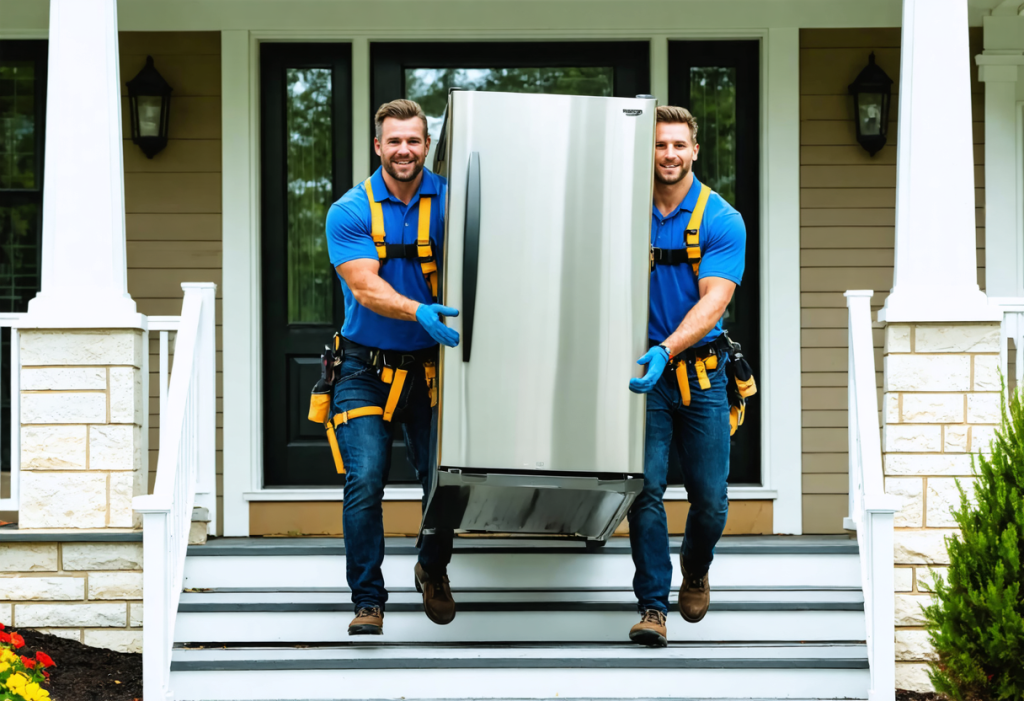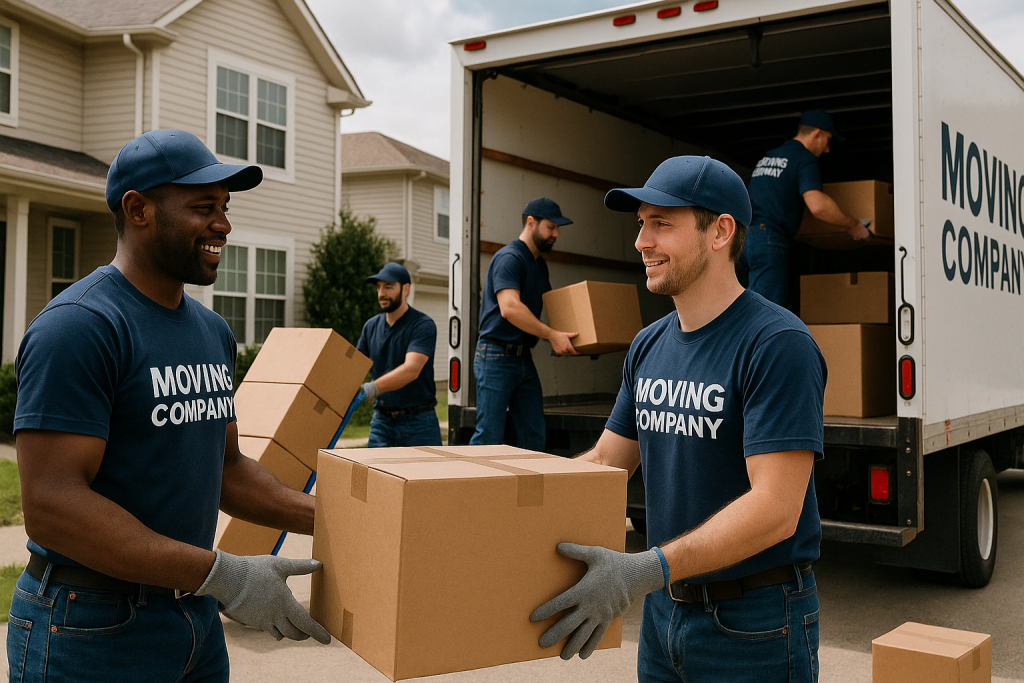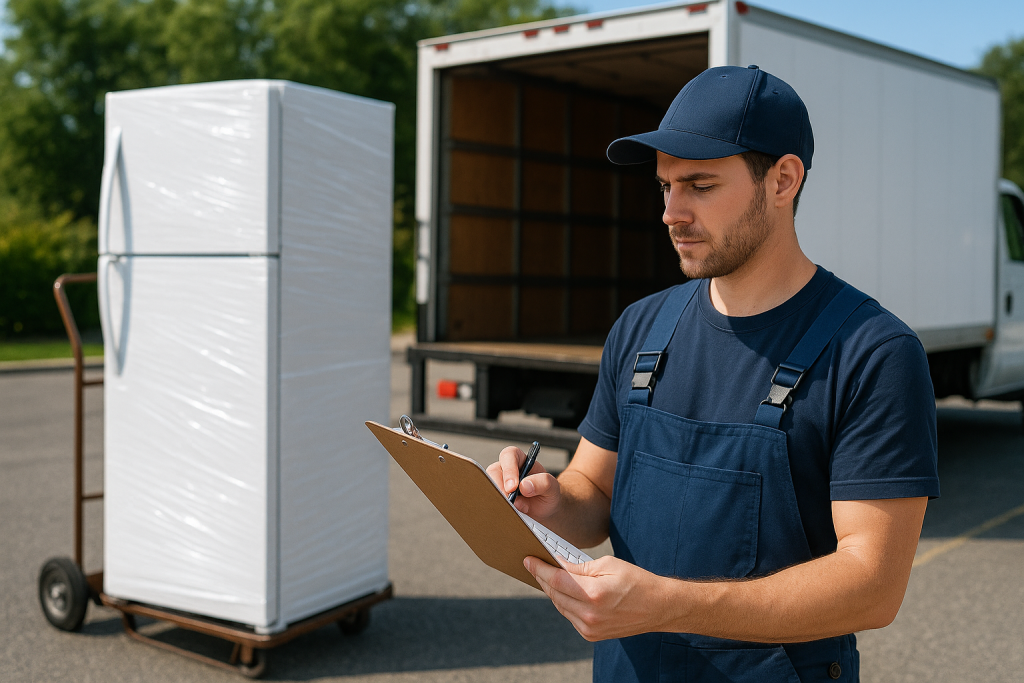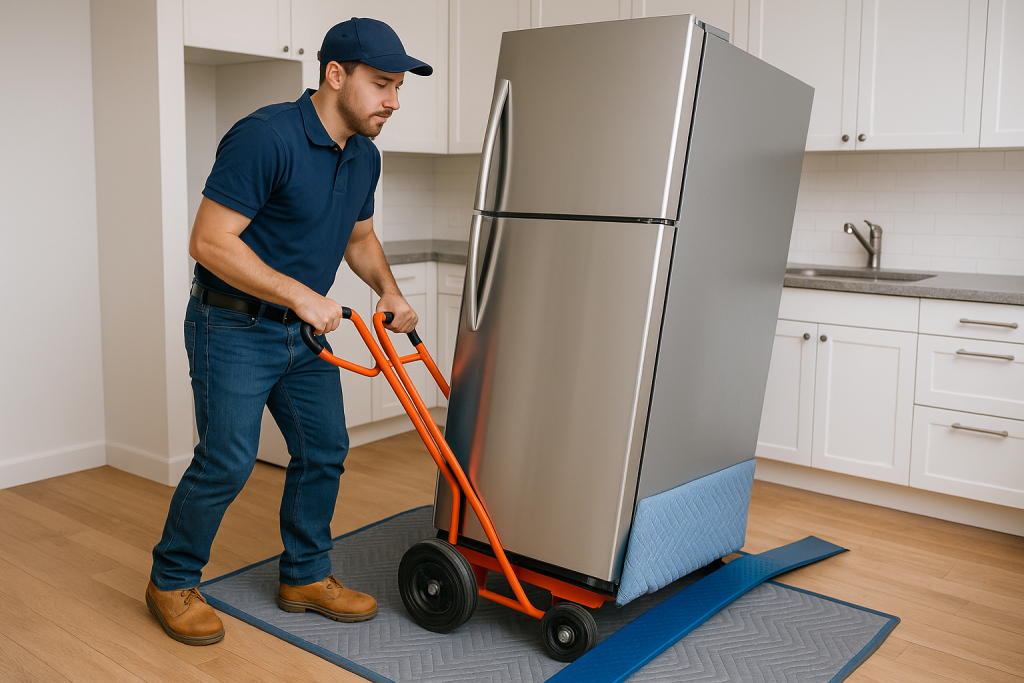Smooth Interstate Relocation: Tips for Stress-Free Moves with Interstate Movers
Planning an interstate move can feel overwhelming. You must organize everything, pack all your belongings, and transport them safely and securely. This is why many people choose Interstate Movers. They offer support, save time, and keep your move stress-free. With the right team, your transition becomes easier and faster.
In this guide, you will learn how to prepare, what to expect, and why hiring long-distance movers matters. Every tip is straightforward, allowing you to follow it with ease.
Why Interstate Movers Improve Your Moving Experience
Choosing Interstate Movers helps you stay organized. Their experience makes the entire process smooth. They know how to pack, load, and move items with care and precision.
Professional movers also bring proper tools. They use strong boxes, safe wrapping materials, and reliable equipment. As a result, your belongings remain protected. And since they follow proven steps, your move happens on time.
Benefits of Hiring Long Distance Movers
Working with long-distance movers offers many benefits. They help with heavy lifting, planning, and transportation.
Here are some key advantages:
- They pack items fast and correctly.
- They use trucks that keep belongings secure.
- They offer insurance options.
- They save you from physical stress.
- They reduce unexpected delays.
With these benefits, moving becomes less tiring. You also gain more control over your schedule.
How a Moving Company Makes Planning Easier

A trusted moving company gives you a moving plan. This plan outlines what will happen and when. As a result, you stay informed through every step.
They also update you as the move progresses. Because of this communication, nothing feels confusing. Many companies also offer suggestions on how to cut costs and organize your belongings.
What to Expect from a Professional Moving Service
A moving service handles more tasks than you may think. They assist with sorting, packing, transporting, and unloading. Their team works fast yet carefully.
Most professional movers also offer:
- Fragile item protection
- Furniture disassembly
- Storage options
- Door-to-door service
This helps you avoid damaging items and reduces the amount of work you must handle on your own.
Preparing for Your Interstate Move
Good preparation makes a big difference. Start early so you have more time to fix minor issues.
Follow these steps before moving day:
- Declutter each room.
- Create a detailed packing list.
- Label every box clearly.
- Set aside essential items.
- Confirm dates with your moving company.
These steps add structure to your move. They also reduce last-minute stress.
Packing Tips for a Smooth Relocation
Packing may be the most challenging part of the process. Still, you can make it simple with a few easy rules.
Try these helpful packing tips:
- Use the right-sized boxes.
- Wrap fragile items with soft materials.
- Keep heavy items in small boxes.
- Fill the empty spaces inside each box.
- Place labels on top and sides.
With these methods, your items stay safe throughout the entire process.
How Professional Movers Handle Your Belongings
Professional movers follow strict safety steps. They carefully lift items and place them inside the truck to prevent them from shifting. Because they use safe loading techniques, your belongings travel without damage.
Additionally, they maintain open communication throughout the process. You always know where your items are and when you can expect delivery.
Saving Money When Using Interstate Movers
You can reduce costs without sacrificing quality. Many simple choices help lower your moving expenses.
To save money:
- Compare quotes from different companies.
- Move during off-peak seasons.
- Pack some items yourself.
- Donate items you do not need.
- Ask your moving service about discounts.
Even small changes make a big difference in your final cost.
Common Mistakes to Avoid During Long-Distance Moves
Some mistakes can cause delays or extra problems. Knowing them in advance helps you avoid them.
Do not make these common errors:
- Packing at the last minute
- Forgetting to measure large furniture
- Ignoring labels
- Not checking insurance
- Hiring movers too late
When you avoid these issues, your move becomes faster and more organized.
How to Choose the Right Moving Company
You must choose the right team for your move. A good moving company offers fair pricing, clear communication, and strong reviews.
Look for these signs of a reliable mover:
- Licensed and insured
- Transparent quotes
- Professional equipment
- Friendly customer service
- Experience with long-distance moves
When you choose the right company, you feel more at ease throughout the journey.
Creating a Moving Day Checklist
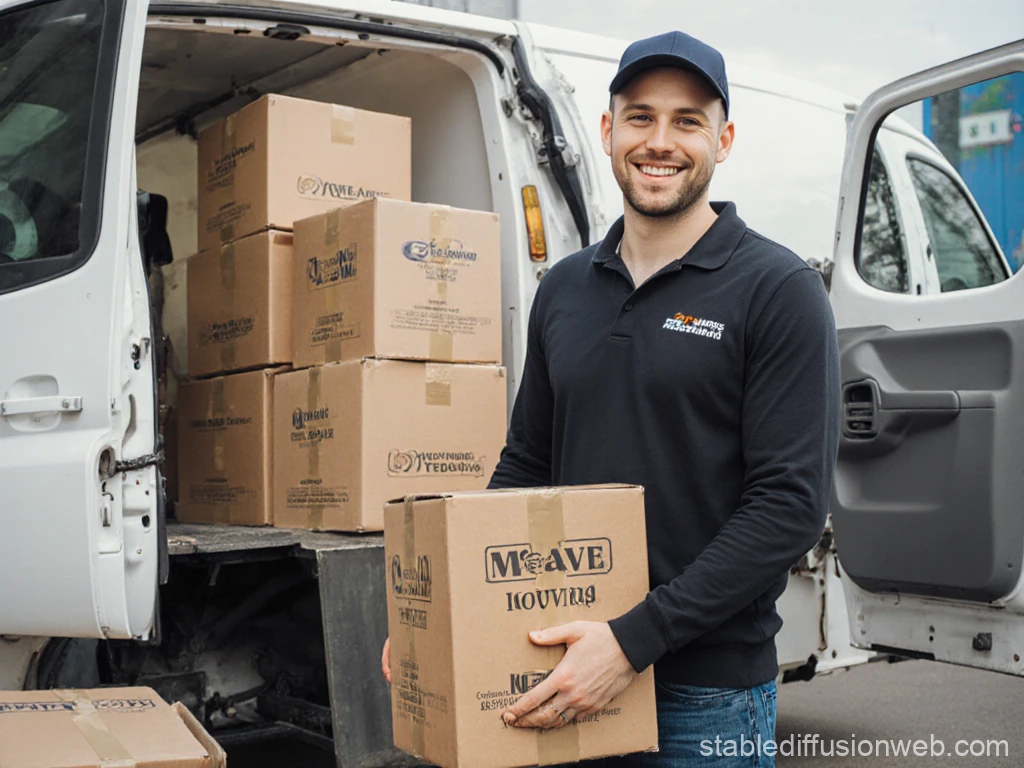
A checklist keeps everything simple. Before moving day, prepare a list that includes:
- Confirming arrival time
- Packing last-minute items
- Checking your home one last time
- Maintaining documents in one folder
- Handing keys to the landlord or new owner
This structure helps your move stay on schedule.
FAQs
1. Why should I hire Interstate Movers instead of doing it myself?
Interstate Movers handles the labor, planning, and transportation, which saves time and reduces stress.
2. What is the difference between long-distance movers and local movers?
Local movers handle short-range moves. Long-distance movers manage moves that cross state lines.
3. How much does a moving service usually cost?
Costs vary based on distance, weight, and extra services. Most companies offer free quotes.
4. Do professional movers offer packing supplies?
Yes. Many provide boxes, wraps, and other packing items.
5. How early should I book my moving company?
Book at least 6–8 weeks before your moving date.





